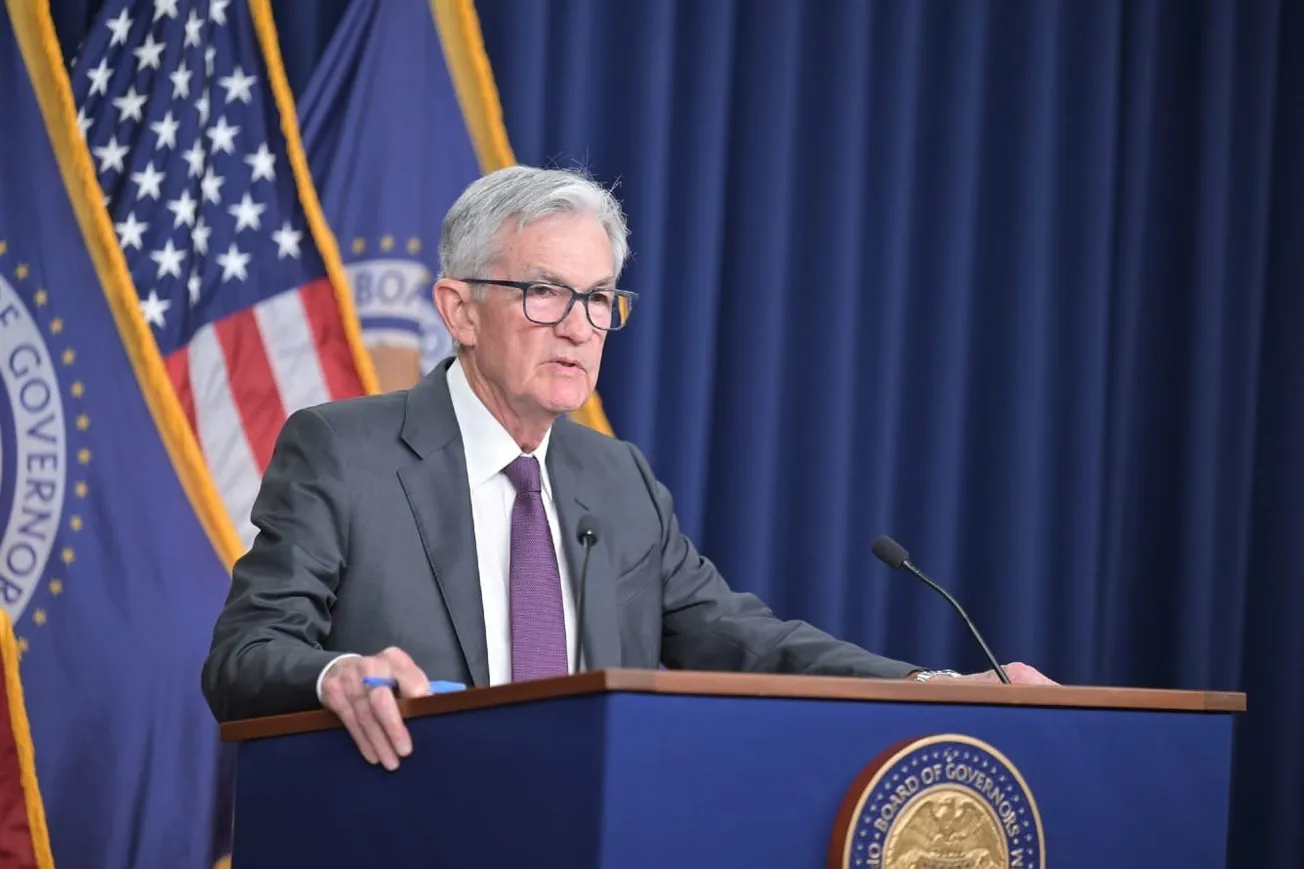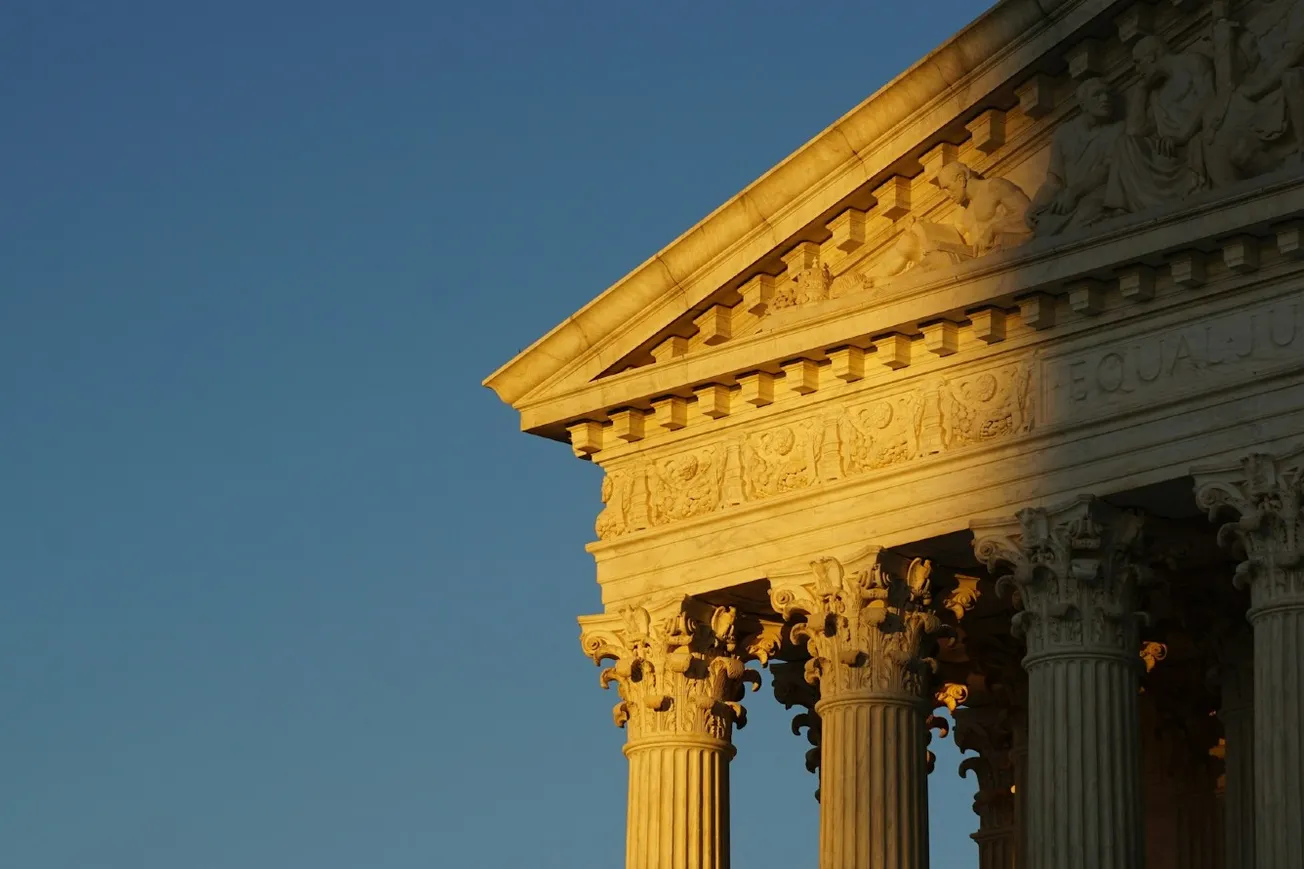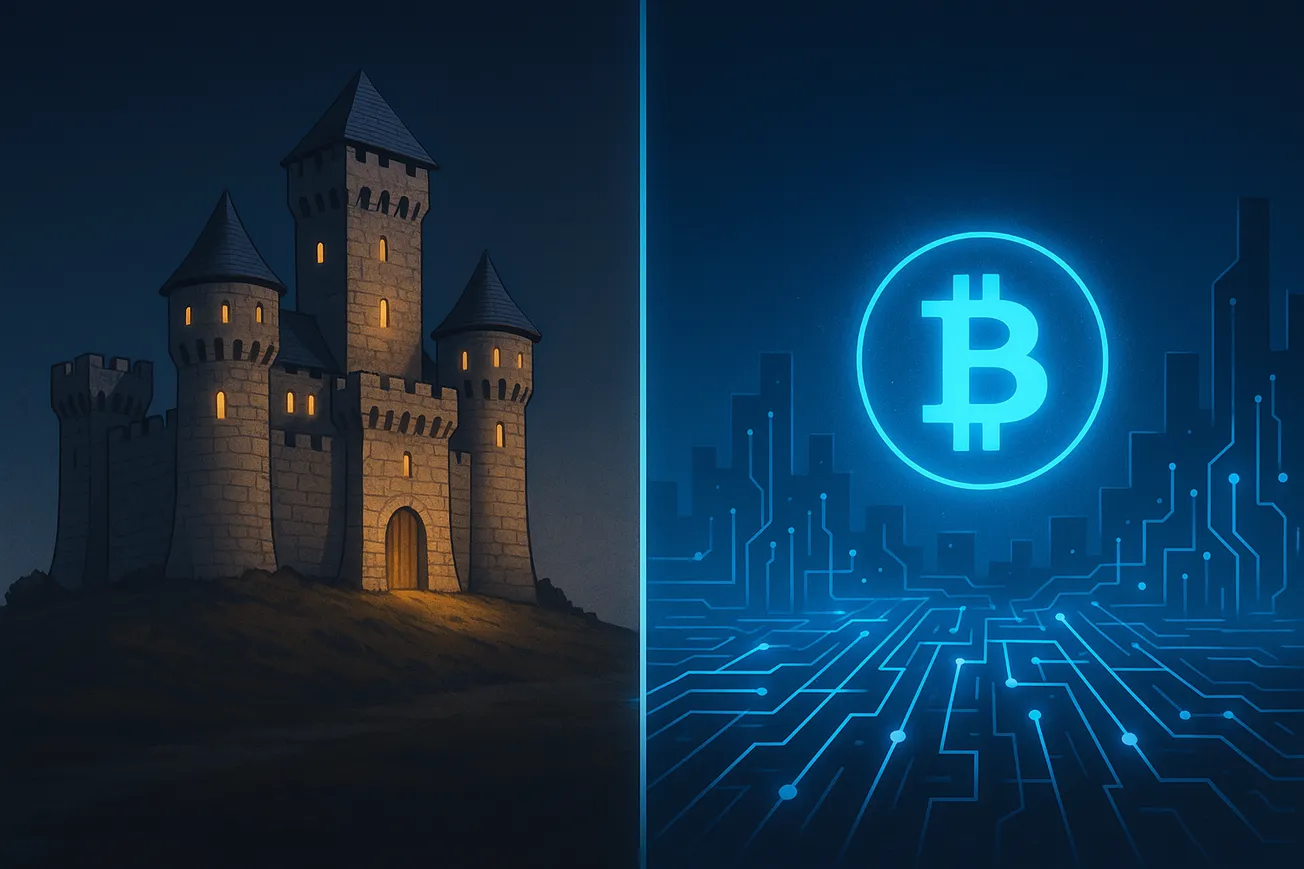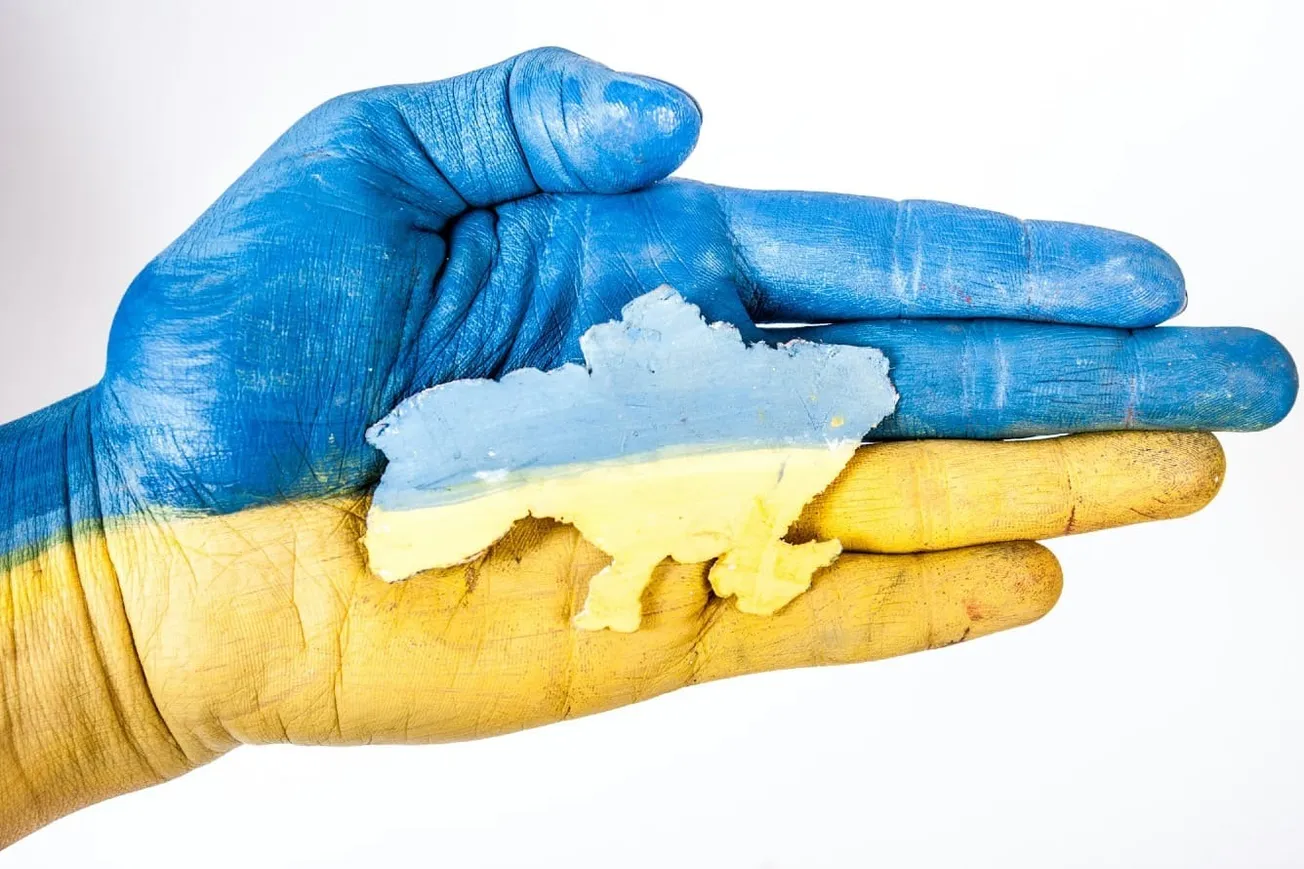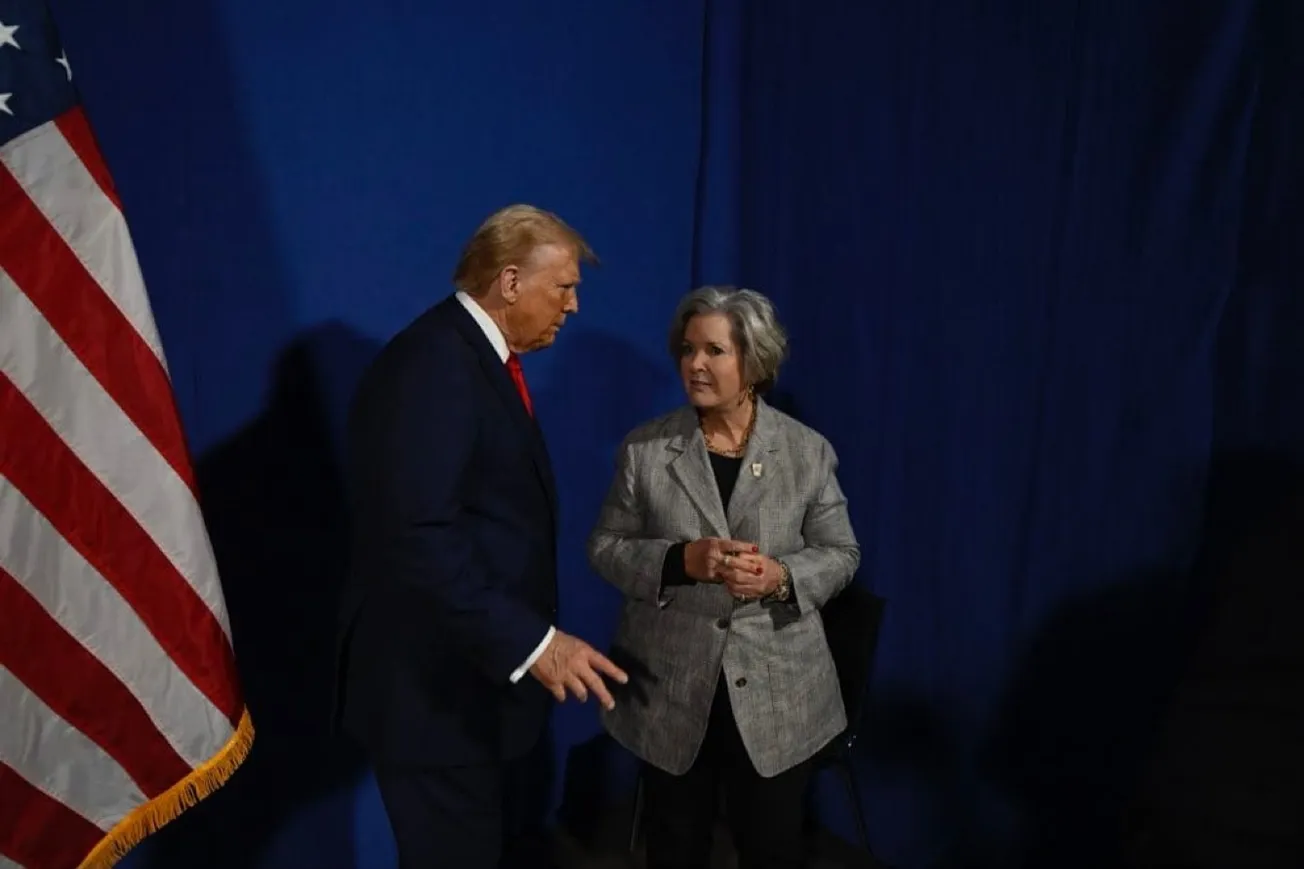By Thorsten Polleit, Mises Wire | January 01, 2025
The Bible recounts how the Holy Spirit led Jesus into the wilderness to be tempted by the devil. The devil appeared and first wanted Jesus to turn stones into bread. (In fact, Mises criticized Keynesianism, saying, “the stones do not turn into bread”). Jesus refused. Then, the devil challenged Jesus to throw himself from the pinnacle of the temple in the holy city, asserting that the angels would catch him. Again, Jesus refused. But the devil did not give up. In Matthew 4:8–11, it says:
Again, the devil took Him to a very high mountain and showed Him all the kingdoms of the world and their splendor. 9And he said to Him, “I will give you all these things if you will fall down and worship me.” 10Then Jesus told him, “Go away, Satan! For it is written: Worship the LORD your God, and serve only Him.” 11Then the devil left him, and angels came and began to serve him.”
The last temptation is particularly significant. The devil promises Jesus “all the kingdoms of the world and their splendor,” meaning all power and wealth there is. Jesus resisted this temptation as well. However, humans, in their imperfection, often and all too easily fail in resisting similar temptations. For instance, the rulers and the ruled in the Western world have long succumbed to a particularly devilish temptation: replacing commodity (or precious metal) money with state-issued, unbacked money, known as fiat money. In a sense, they have been seduced by the tempting prospect of securing “all the kingdoms of the world and their splendor,” that is, the power to increase the quantity of money arbitrarily and in unlimited amounts at any time. The temptation to centrally control the economy was irresistible.
The transition from gold to fiat money happened quite some time ago. Many people probably no longer remember August 15, 1971, when the end of the gold-backed monetary system was announced. On that day, the US administration under President Richard Nixon (1913-1994) declared that the US dollar would no longer be redeemable in gold. And, with the end of the dollar’s gold backing, a global fiat money system was effectively created, a system in which all major currencies are literally produced “out of thin air.” But why did the shift away from commodity, or gold-backed, currencies occur?
The US took this step to avoid impending insolvency. The amount of US dollars it had issued over the years far exceeded the amount of gold the US Treasury had in its vaults, and which was redeemable at 35 US dollar per ounce (31.10… grams) of physical gold. By the late 1960s, more and more countries with US dollar reserves began converting their greenbacks into physical gold at the Federal Reserve Bank in New York. It became evident to the Nixon administration that sooner or later the US would no longer be able to fully redeem the dollar for gold. To avoid insolvency, the Americans simply suspended the gold convertibility of the US dollar “temporarily.”
In fact, the actual suspension of the US dollar’s gold redeemability suited political rulers. Finally, the state had achieved control over the money supply like never before. On the one hand, there was the belief that politicians and central bankers could better manage the economy and navigate through crises—with the (flawed) economic theory of John Maynard Keynes (1883-1946) providing the theoretical framework and attracting many fervent followers. But, even more importantly, the idea of a national control over the quantity of money promised insulation from (unwelcome) developments in the rest of the world—nations could, from now on, pursue their own monetary and economic destinies, set interest rates according to their domestic needs, and all without fearing unwanted inflows or outflows of physical gold money.
No matter what well-sounding promises the proponents of fiat money made, the reality has been anything but satisfactory. It is fair to say that fiat money has truly turned into a curse. Fiat money is chronically inflationary, losing its purchasing power over time. It benefits a few at the expense of many; it is socially unjust. Fiat money causes crises, boom-bust cycles, and it leads the economies into a situation of over-indebtedness. Sooner or later, states, banks, and private citizens will be crushed under the weight of the debt accumulated in the fiat money system. Eventually, there will be a day of reckoning: defaults, large-scale recession and depression, or high price inflation—destroying the purchasing power of money—or any combination of these things.
However, one special reason for abandoning commodity (or gold-backed) money has received relatively little attention to this day, perhaps because it is particularly sinister: fiat money is an elixir of growth for the state—making it larger and more powerful—steadily eroding, undermining, and abolishing civil and entrepreneurial freedoms. Here is the explanation: With the seemingly limitless possibility of expanding the quantity of fiat money, the state can literally buy anything, penetrating every sector of the economy and society, becoming the dominant player and eventually controlling everyone and everything. This process typically unfolds slowly at first but then accelerates.
What is more, fiat money allows the state to exploit crises for its own ends. For instance, aggressive foreign policies and wars can be financed relatively easily with inflated money. States do not need to raise taxes to secure additional funding (which is politically unpopular). They simply issue new bonds, which are bought by central banks and commercial banks in exchange for new fiat money. The general population usually does not see through this process, making it difficult for people to understand the true causes of the ensuing price inflation—the inevitable consequence of expanding the quantity of fiat money.
In times of war, it is also quite convenient for the states and their representatives to blame the enemy for high domestic price inflation. And, since the enemy is causing so much harm, it is argued, it must be fought even more fiercely. This is a recipe for prolonged, brutal wars, during which the rulers can further control, monitor, and subjugate the broader population.
These considerations should have made clear that fiat money helps in gradually destroying and abolishing what remains of the free economy and society. Fiat money is a critical, highly-effective tool in the hands of those who seek to establish a “system of unfreedom for the masses.” This is an insight that Austrian economist Ludwig von Mises (1881–1973) articulated as early as 1912, when he wrote:
It would be a mistake to assume that the modern organization of exchange is bound to continue to exist. It carries within itself the germ of its own destruction; the development of the fiduciary medium [that is, artificial credit] must necessarily lead to its breakdown.
It is against this backdrop that one can, and should, argue that fiat money is indeed something truly diabolical. It does not serve the common good, it causes developments in the economies that are not acceptable by common standards. In fact, fiat money must raise serious economic and ethical concerns.
It is likely that Western economies are only at the beginning of realizing the full extent of the problems created by using fiat money. As noted earlier, one of the most dangerous consequences of fiat money is the unchecked growth of the state, which has now morphed everywhere into what can be described as the “Deep State.” The deep state ensures that ideologies hostile to freedom—such as the “Great Reset,” the UN’s “Agenda 2030,” and the “New World Order”—have gripped the thinking and actions of many people. The problems created by fiat money, therefore, are not confined to price inflation and the devaluation of money. No, they extend much further. With it, economies and societies lose their freedom, the foundation of prosperity and peace.
From a Christian perspective, one could consider the acceptance and spread of fiat money as a grave sin—a reflection of the flawed state of humanity, separated from God, and leading a misguided life. Fiat money stands for deceit, false testimony, and the insidious plundering of some by others. Even those who do not judge from a Christian perspective must concede—if they do not entirely shut themselves off from reason—that the economic and ethical defects of fiat money are undeniable. In particular, the immense power and potential for abuse that comes with centralized control over money production—the lure of “all the kingdoms of the world and their splendor”—are simply too much for humans to handle. The consequences of hubris and self-righteousness, of monopolizing money production in the hands of a few, are beyond human control and are the root of many evils.
However, public awareness of the problems caused by fiat money currently seems to be quite limited. As a result, the global fiat money system is likely to continue for the time being, with the well-known consequences: inflationary surges, unjust distribution of income and wealth, financial and economic crises, and ever-growing debt burdens—as well as increasingly powerful and dangerous states. The likelihood of fiat money ending on a positive note is highly improbable—for it is, quite literally, “the devil’s money.”
Dr. Thorsten Polleit is Honorary Professor of Economics at the University of Bayreuth and President of the Ludwig von Mises Institut Deutschland.
Original article link



